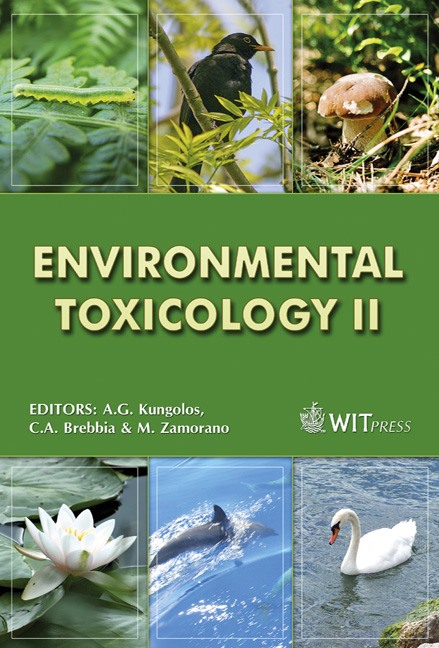Environmental Impact Of Soluble Oils
Price
Free (open access)
Transaction
Volume
110
Pages
9
Page Range
23 - 31
Published
2008
Size
325 kb
Paper DOI
10.2495/ETOX080031
Copyright
WIT Press
Author(s)
S. Riley, C. McQuade, S. Adeloju & R. Hyne
Abstract
The objective of the study was to determine the level of soluble oil at which the environmental risk of its discharge is unacceptable. Specifically, the potential toxicity to aquatic species of mine water discharge containing soluble hydraulic oil emulsions was determined. The study was undertaken at a mine site in the Western Coal Fields of the Blue Mountains, Australia, and involved risk analysis and toxicity and chemical testing of water discharged at the pit head. Some initial problems were encountered in toxicity testing when the background stream waters draining a relatively undisturbed catchment proved to be toxic to the test organisms. This toxicity was determined to be related to fine-grained sediment in the water. The study supported the soluble oil manufacturer’s claims that there is a 90 to 95% decrease in soluble oil concentrations as a result of biodegradation over a 28 day period. In normal mine operations soluble oil appears to biodegrade before it reaches the surface. Normal soluble oil usage in mine operations does not appear to be a risk to the environment unless there is a substantial spill that is then pumped to the surface and discharged directly into receptor streams. Such spills are rare, but have been known to occur Keywords: soluble oil, mine water toxicity, environmental impact of mines. 1 Introduction Soluble hydraulic oil is an integral component of all longwall operations, typically used as a five percent solution with water. The daily quantity used in
Keywords
soluble oil, mine water toxicity, environmental impact of mines.





